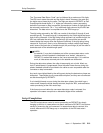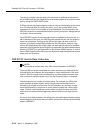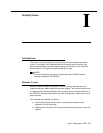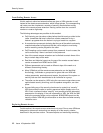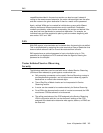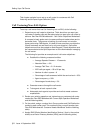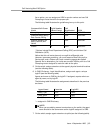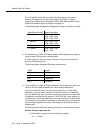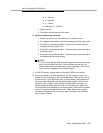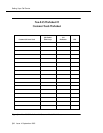
Setting Up a Call Center
J-2 Issue 4 September 1995
This chapter explains how to set up a call center for customers with Call
Vectoring and/or Expert Agent Selection (EAS).
Call Vectoring/Non-EAS Option
To set up a call center that has Call Vectoring but not EAS, do the following:
1. Determine your call center’s objectives. Think about how you want your
call center to handle calls and also about what you want your call center to
achieve. See "Non-EAS Worksheet #1: Call Center Objectives Worksheet".
A company’s basic goals are to increase profits and market share and to
decrease costs. The purpose of setting up a call center is to monitor
these goals using CMS reports. It is best to have more than one objective.
(Some customers set and then live by only one objective.) Call center
objectives must then be created to meet the goals. These objectives must
be communicated to the Split Supervisor or to the Administrator managing
the call center.
The following list provides an example set of call center objectives:
■ Establish the following measured entities:
— Average Speed of Answer = 15 seconds
— Abandon Rate <= 3%
— Average Talk Time = 2 1/2 minutes
— ACD calls per agent = 80 to 90 per day
— Number of calls in queue = 6
— Percentage of calls answered within the service level = 95%
— Agent occupancy > 90%
— Percentage of trunks busy < 3%
■ Generate revenue through the call center.
■ Train agents to back up each other.
■ Adequately train agents to provide service that meets customer
expectations.
2. Review your existing operation and determine your customer/call center
needs (see "Non-EAS Worksheet #2: Current Split Operation Worksheet"
and the following table).
3. On the switch, assign a unique Hunt Group number and Call Distribution
method to each caller need. This number will be your split number (see
"Non-EAS Worksheet #3: Customer Needs Worksheet" and the following
table).
4. Assign DNIS (Dialed Number Identification Service) (that is, the number
dialed) as a Vector Directory Number (VDN) (see the following table).




